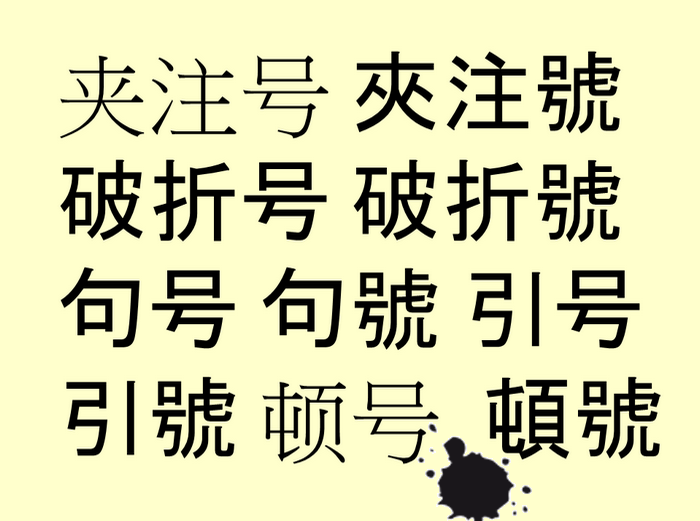Two languages as different as English and Chinese, can have all kinds of issues for translators. Chinese punctuation, for example.
The difficulties of translation can have different types of problems: semantic nuances, idiosyncratic expressions, specialized jargon, deadlines… But when it comes to two languages as different as English and Chinese, all kinds of other issues arise. Chinese punctuation, for example.
Classic Chinese punctuation
It should be noted first of all that Chinese punctuation was only introduced recently. In classic prose, we only use:
- The grammatical particle 也 marks the end of a sentence;
- Similar symbols to the current full stop and semicolon indicate stops and pauses;
- Small circles, placed to the right of characters are used to focus on a character or part of the sentence.
Modern Chinese punctuation
It is only in the 20th century that punctuation began to be used in Chinese: the first text printed using modern punctuation is 中國哲學史大綱 of Hu Shi, dated 1919. Chinese punctuation marks are also a modern invention, largely inspired by Western languages.
Spatial organization
One of the most obvious differences between Western and Chinese punctuation is spatial organization: Chinese characters are part of an imaginary grid where each mark (including punctuation) occupies the same space. Punctuation in Chinese is a hunting expedition (they occupy the same space as a character). Another difference: some punctuation marks can be rotated 90 degrees according to the text`s meaning (vertical or horizontal).
Similar signs…
The comma (逗号 / 逗號), semicolon (分号 / 分號), colon (冒号 / 冒號), exclamation marks (叹号 / 嘆號) and question marks (问号 / 問號) as well as parentheses (夹注号 / 夾注號) and the dash (破折号 / 破折號) have similar graphics and work the same way to those of western languages.
… and different signs
Other punctuation marks, however, are different. Here are a few examples:
- The full-stop (句号 / 句號) is a small circle;
- Quotation marks (引号 / 引號) can have a western graphic or be written「」or even『』;
- The semicolon (顿号 / 頓號) marks a short pause between words on a list;
- The middle dot (间隔号 / 間隔號) is used to separate words in a foreign name, month or date;
- 《》and 〈〉(书名号 / 書名號) are trademarks;
- Ellipsis (省略号 / 省略號), is written with six dots;
- The emphasis mark (专名号 / 專名號) can be horizontal or vertical (__ or ︳). Its use is close to capitalization.
Punctuation, (another) challenge for Chinese translations!
Translation into English: Chloe Findlay
Discover our translation agency.



